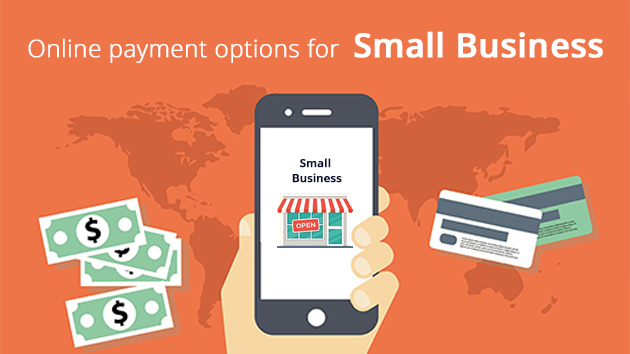Every e-commerce or digital business platform must have an efficient system for accepting online payments both physically and virtually. While cash payments require minimal effort and zero processing fees, small business owners must ensure they have the option of accepting online payments from multiple channels. According to reports, only a mere 36% of consumers use cash for online payments or transactions. About 55% of SMEs today don’t accept online payments, which include credit card transactions. This can put them at a disadvantage in today’s increasingly digital economy. With the onset of the global pandemic, more businesses have started accepting contactless payments and cashless transactions. It’s time for every business to join the digital payment revolution.
Accepting Virtual Payments:
About 50% of online consumers today will navigate to a known large e-commerce platform simply for the comfort of easy payment options. Therefore, small businesses must provide these options to consumers to retain and grow their customer base. Take a look at the top channels for accepting online payments today.
1. Online payment services for small businesses:
For small businesses that provide service-based offerings or a digital commerce platform, online payment providers are the most common and efficient way to receive payments from clients and customers. Some of the top globally recognized service providers are PayPal and Shopify’s payment processor. Most of the leading website development platforms like WordPress can easily integrate with payment service providers. All you need to do is create your account with the online payment service provider. Once that is done, enter this data onto your online platform and allow payments on your business website. This will allow you to accept payments via credit cards and other digital payment methods
Setting up an online payment account with a leading provider will come with an average fee of about 3% per transaction. Businesses can also opt for POS (point of sales) systems that provide online processing for e-commerce modules.
2. ACH Transfer:
ACH is short for Automated Clearing House, a network used to move money electronically from one bank to the other. Users who have received payments via direct deposit get paid through ACH networks.
Accepting ACH transfer payments doesn’t require any special permissions or capabilities. All you need to do is share your direct deposit data with the client or customer. This includes:
- The merchant’s routing number
- The merchant’s account number
Some providers need a canceled cheque containing these numbers or a unique authorization form that the vendor’s bank issues. However, several ACH transfers are initiated by simply using your bank details.
Receiving ACH payment transfers is generally dependent on the payer as they must have access to every tool and account detail relevant. The payer additionally pays for any fees that ACH transfers incur, which is unlike credit card fees where the merchant bears the processing fee. This also depends on the payment service you are using such as Stax or Gusto.
Some ACH payment service providers also allow businesses to receive payments using their own accounts. All you need to do is pay a minimal per-transaction fee and ask the customer to connect their payment account via the partner network.
3. Mobile payments:
With the onset of the global pandemic in 2020, there was a significant increase in the number and usage of mobile wallet applications in the market. Wallet platforms like Samsung Pay, Google Pay and Apple Pay allow users to complete online payments very conveniently. The mobile wallet stores and encrypts their credit card data so that they don’t need to physically enter the card numbers for every transaction. For businesses implementing any mobile wallet or UPI payment methods on a bespoke website, several developer guidelines must be followed while integrating Samsung Pay, Google Pay and Apple Pay into your website.
4. Billing and invoicing:
It becomes easier for customers to pay for online service offerings when businesses implement a billing platform that allows simple payment mechanisms. Using an invoicing platform, businesses can bill customers by sending out an email. The platform crafts automated messages that contain a payment link or button that allows instant payment.
Also Read: The Digital Payment Solution Revolution Has Started
Each of these payment methods is popular and convenient. However, instead of trying to choose just one, businesses must implement some combination of the two into their online payment solutions. Customers today are looking for a wide range of payment options and will quickly turn away if they don’t find their method of choice listed.
Importance of Online Payment Services for Small Businesses Today:
When you choose a reliable and experienced payment service provider, they handle a significant part of the payment process such as
- Managing and verifying client transactions
- Sending confirmations for payments received to clients and merchants
- Overseeing the money transfer process from the customer’s account to the merchant account.
When you are not frequently running to your local bank to deposit or withdraw funds, you save a significant amount of time. This helps you focus on more critical business aspects and increase productivity within the organization.

